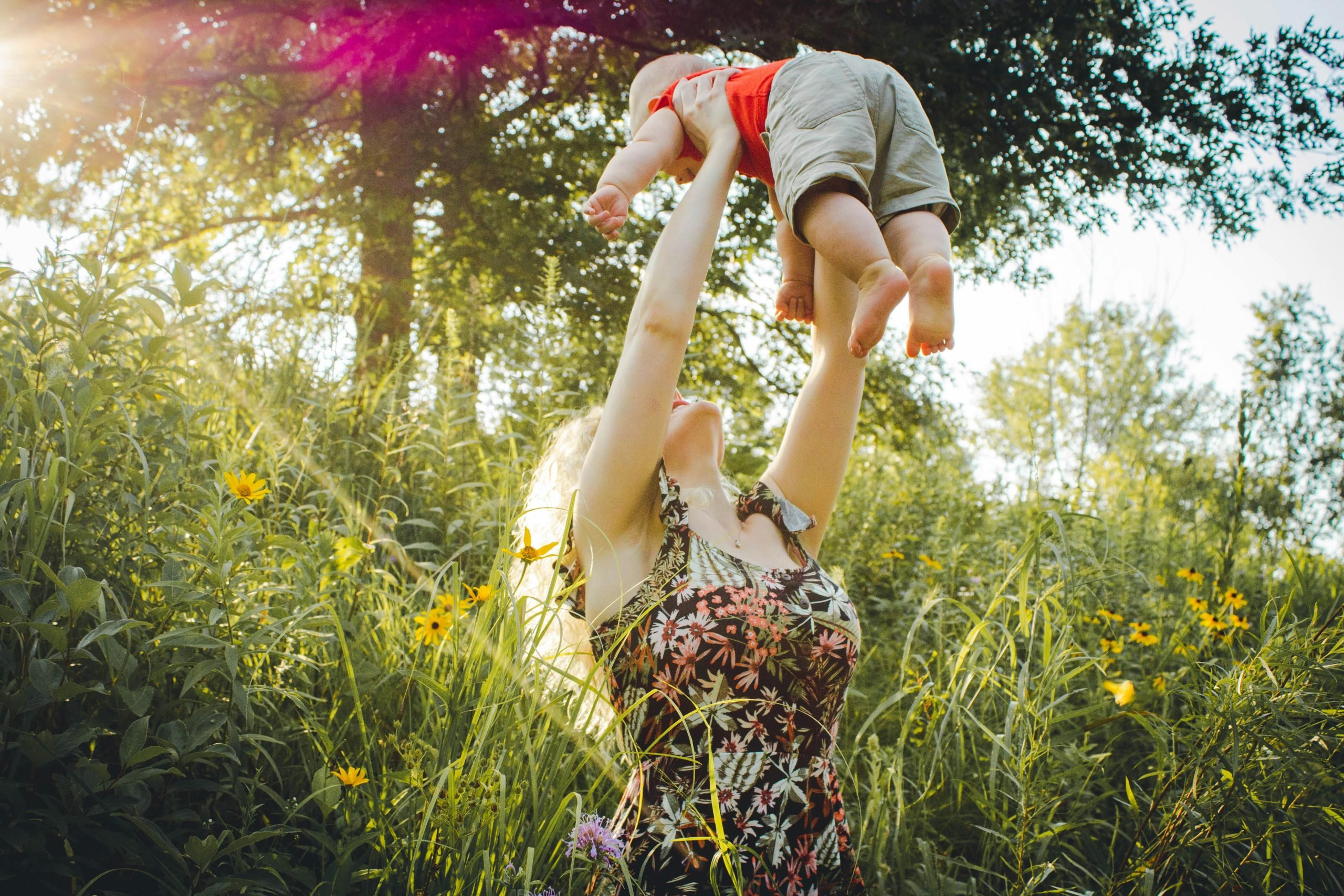A
dult attachment theory explores how individuals form emotional bonds with others based on their early experiences with caregivers. If you had a stable relationship with your early caregiver, it’s proposed it would reflect in your adult relationships. This isn’t to say occurrences in adulthood can’t influence your attachment bond, but there’s something about the infant brain that clings to this aspect and forms a personality from it. Obviously, this is beyond a rational approach to attachment.
Sometimes, the answer to your troubled or fail-proof relationships can be traced to your infant-caregiver experience. This doesn’t make the effects permanent but can help an individual identify the issues and know how best to fix them.
Here are the four main attachment styles…
There are four main attachment styles: secure, anxious-preoccupied, dismissive-avoidant, and fearful-avoidant.
- Secure attachment: Individuals with secure attachment feel comfortable with intimacy and autonomy. They are generally trusting, empathetic, and able to communicate their needs openly in relationships.
- Anxious-preoccupied attachment: People with this attachment style often worry about the stability of their relationships and seek constant reassurance from their partners. They may be overly sensitive to signs of rejection or abandonment.
- Dismissive-avoidant attachment: Individuals with dismissive-avoidant attachment tend to prioritize independence and self-sufficiency. They may avoid emotional intimacy and have difficulty expressing their feelings or relying on others for support.
- Fearful-avoidant attachment: Also known as disorganized attachment, individuals with this style have a mixture of anxious and avoidant tendencies. They may desire closeness in relationships but also fear rejection or betrayal, leading to a push-pull dynamic.
Understanding your attachment style can provide insight into your relationship patterns and dynamics. Also, reflecting on your attachment style can help you recognize and address any challenges you may face in forming and maintaining healthy relationships.
How attachment styles develop

Adult attachment styles are primarily influenced by early experiences with caregivers during infancy and childhood. Several factors contribute to the development of adult attachment styles, including:
- Caregiver responsiveness: The responsiveness and availability of caregivers during infancy play a crucial role in shaping attachment styles. Secure attachment typically develops when caregivers consistently respond to a child’s needs, providing comfort, support, and a sense of security. In contrast, inconsistent or neglectful caregiving can lead to insecure attachment styles.
- Childhood experiences: Early experiences, such as parental divorce, loss, trauma, or inconsistent caregiving, can impact the development of attachment styles. These experiences may contribute to feelings of insecurity, mistrust, or fear of abandonment in adulthood.
- Parental attachment styles: Children often learn attachment patterns from their primary caregivers. For example, parents with secure attachment styles are more likely to foster secure attachment in their children through consistent care and responsiveness. In contrast, parents with insecure attachment styles may transmit these patterns to their children, perpetuating intergenerational cycles of attachment insecurity.
- Genetics and temperament: Some research suggests that genetic factors and temperament may influence the development of attachment styles. For example, children with certain temperamental traits, such as sensitivity or emotional regulation difficulties, may be more prone to developing insecure attachment styles, especially in the absence of responsive caregiving.
- Later experiences: While early experiences play a significant role in shaping attachment styles, later experiences in adolescence and adulthood can also influence attachment patterns. Positive experiences, such as supportive friendships or romantic relationships, may promote secure attachment, while negative experiences, such as abusive relationships or interpersonal conflicts, can exacerbate insecure attachment patterns.
The development of adult attachment styles is complex and multifaceted, resulting from a combination of genetic, biological, psychological, and environmental factors. Understanding the causes of attachment styles can help individuals recognize and address patterns of attachment in themselves and their relationships.
How this affect relationships

- Communication: Individuals with secure attachment styles tend to communicate openly and effectively in relationships, leading to better understanding and conflict resolution. In contrast, those with insecure attachment styles may struggle with expressing their needs, leading to misunderstandings and communication breakdowns.
- Trust: Securely attached individuals typically have a strong sense of trust in their partners, which fosters feelings of security and stability in the relationship. Insecurely attached individuals may experience trust issues, leading to jealousy, suspicion, or fear of abandonment.
- Intimacy: Secure attachment fosters emotional intimacy and connection in relationships, as individuals feel safe and comfortable being vulnerable with their partners. Insecure attachment styles may hinder intimacy as individuals may fear rejection, closeness, or dependence on their partners.
- Conflict resolution: Securely attached individuals are more likely to approach conflicts constructively, seeking resolution while maintaining respect and empathy for their partners. Whereas, insecurely attached individuals may struggle with conflict resolution, resorting to avoidance, aggression, or passive-aggressive behaviors.
- Support: Secure attachment styles promote mutual support and responsiveness between partners, fostering a sense of emotional safety and closeness. Insecure attachment styles may lead to challenges in providing or receiving support as individuals may feel unworthy, reluctant to depend on others, or unable to meet their partners’ needs.
- Relationship satisfaction: Individuals with secure attachment styles tend to experience higher levels of relationship satisfaction, as they feel valued, understood, and supported by their partners. In contrast, insecure attachment styles are associated with lower relationship satisfaction due to heightened stress, insecurity, and relationship dissatisfaction.
Understanding the attachment styles of both you and your partner can help couples navigate relationship dynamics more effectively. Counseling or therapy can also provide valuable support in addressing attachment-related issues and improving relationship quality.
Treatment

Treating adult attachment issues typically involves a combination of therapeutic approaches aimed at increasing self-awareness, improving interpersonal skills, and addressing underlying emotional wounds. Here are some common approaches to treating adult attachment:
- Psychotherapy: Various forms of psychotherapy, such as attachment-based therapy, cognitive-behavioral therapy (CBT), and psychodynamic therapy, can be effective in treating attachment issues. Therapy provides a safe and supportive environment for exploring past experiences, identifying maladaptive patterns, and developing healthier ways of relating to oneself and others.
- Emotion-focused therapy (EFT): EFT focuses on helping individuals recognize and express their emotions effectively, particularly in the context of relationships. By fostering emotional awareness and empathy, EFT aims to promote secure attachment bonds and improve relationship satisfaction.
- Mindfulness-based interventions: Mindfulness practices, such as meditation and mindfulness-based stress reduction (MBSR), can help individuals develop greater self-awareness, emotional regulation, and acceptance of their experiences. These skills can be beneficial in managing attachment-related anxiety, fear, and avoidance.
- Couples therapy: For individuals experiencing attachment issues within their romantic relationships, couples therapy can be helpful in improving communication, resolving conflicts, and fostering greater intimacy and connection. Couples therapy provides a space for partners to explore their attachment dynamics and work together towards building a more secure bond.
- Group therapy: Group therapy offers the opportunity to connect with others who share similar attachment struggles, providing mutual support, validation, and perspective. Group therapy can also facilitate interpersonal learning and skill-building in a supportive and collaborative environment.
- Attachment-focused interventions: Therapeutic interventions specifically designed to address attachment issues, such as Attachment-Focused Family Therapy (AFFT) or Integrative Behavioral Couple Therapy (IBCT), can help individuals and couples develop more secure attachment patterns and improve relationship functioning.
It’s important to work with a qualified therapist or mental health professional who has experience in treating attachment-related issues. Treatment plans for any adult attachment style should be tailored to individual needs and may involve a combination of approaches, depending on the specific attachment style and presenting concerns.
Featured image: Vinícius Vieira ft | Pexels
For the latest in fashion, lifestyle, and culture, follow us on Instagram @StyleRave_
All rights reserved. This material, and other digital content on this website, may not be reproduced, published, broadcasted, cached, rewritten, or redistributed in whole or in part without prior express written permission from STYLE RAVE. Use of and/or registration on any portion of this site constitutes acceptance of our Terms & Conditions and Privacy Policy.
—Read also

















